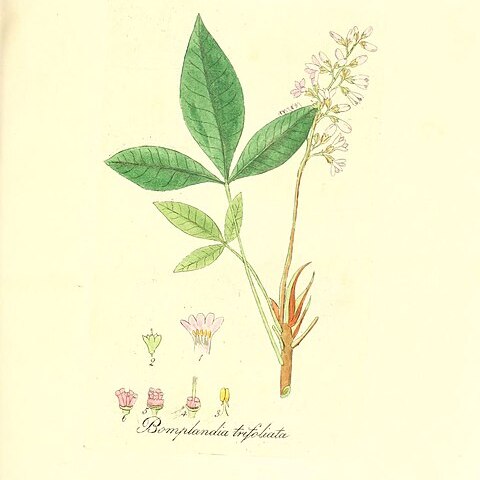paniculate, or rarely subcorymbose, the lateral axes generally short, few-to many-flowered, pedunculate. Flowers white to cream, bisexual, 4-5-merous, slightly zygomorphic; calyx cupular, campanulate, the lobes distinct to almost indistin-guishable, usually acute; corolla united only at the base of the petals, the petals linear to oblong, obtuse to acute at the tip, the petals imbricate in bud, erect to slightly spreading at maturity; stamens 4-5, fertile stamens 2-3, the fertile anthers linear-oblong, erect, longitudinally dehiscent, basifixed, the staminodes linear or lanceolate, inserted at or near the base of the nectary; ovary globose to ovoid, 4-5 carpellate, free but tightly pressed against each other, ovules 1 or 2, super-imposed, the ovary surrounded at the base by a cupular nectary, the style fili-form, the stigma usually 4-5-ridged. Fruits of 1-5 free mericarps, usually obovoid, dehiscing longitudinally from the apex to the base; endocarp free, falling from the mericarp, winged; seed 1 per endocarp, reniform, globose or oblong.
More
Trees or shrubs, usually with a single stemmed trunk, the branches terete, the branchlets often conspicuously lenticellate. Leaves alternate or opposite, 1-7 folio-late, generally clustered near the tips of the branchlets, the leaflets petiolate, the petioles terete, often articulate, the lamina variable, small to large, ovate, obovate, elliptic or oblong. Inflorescences usually terminal or upper axillary, racemose,

